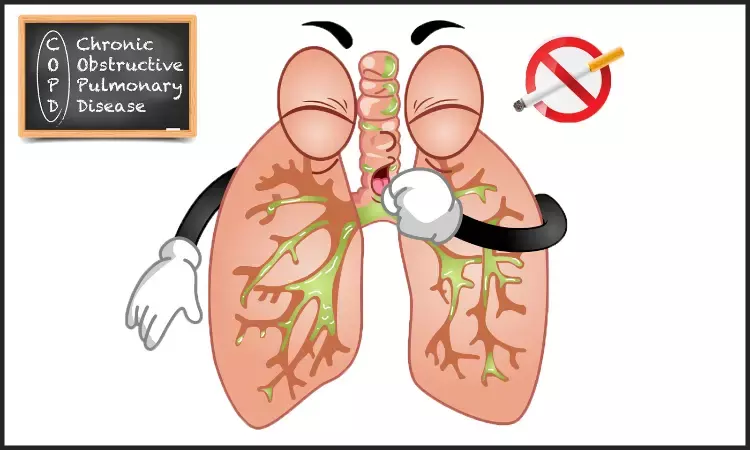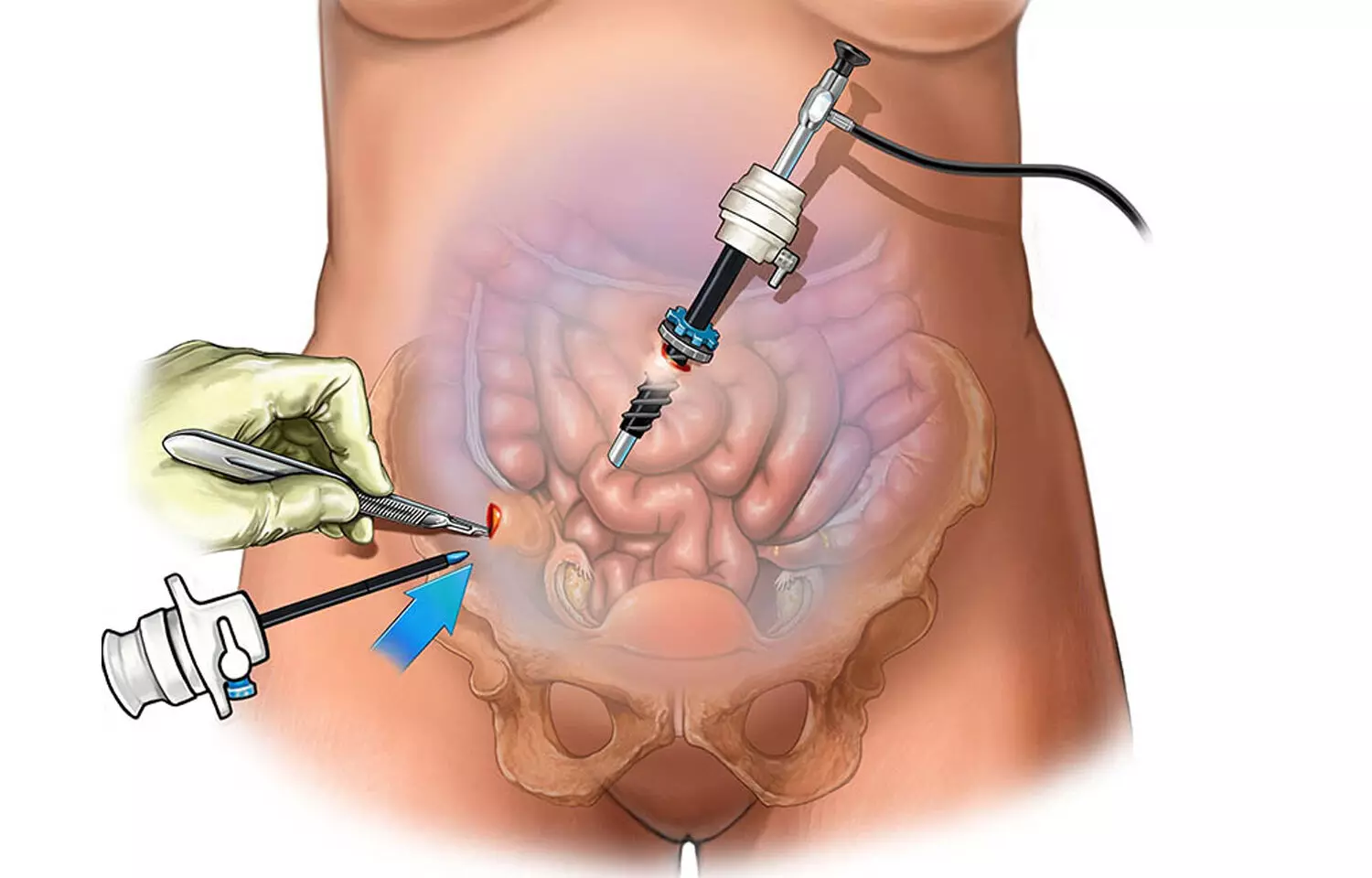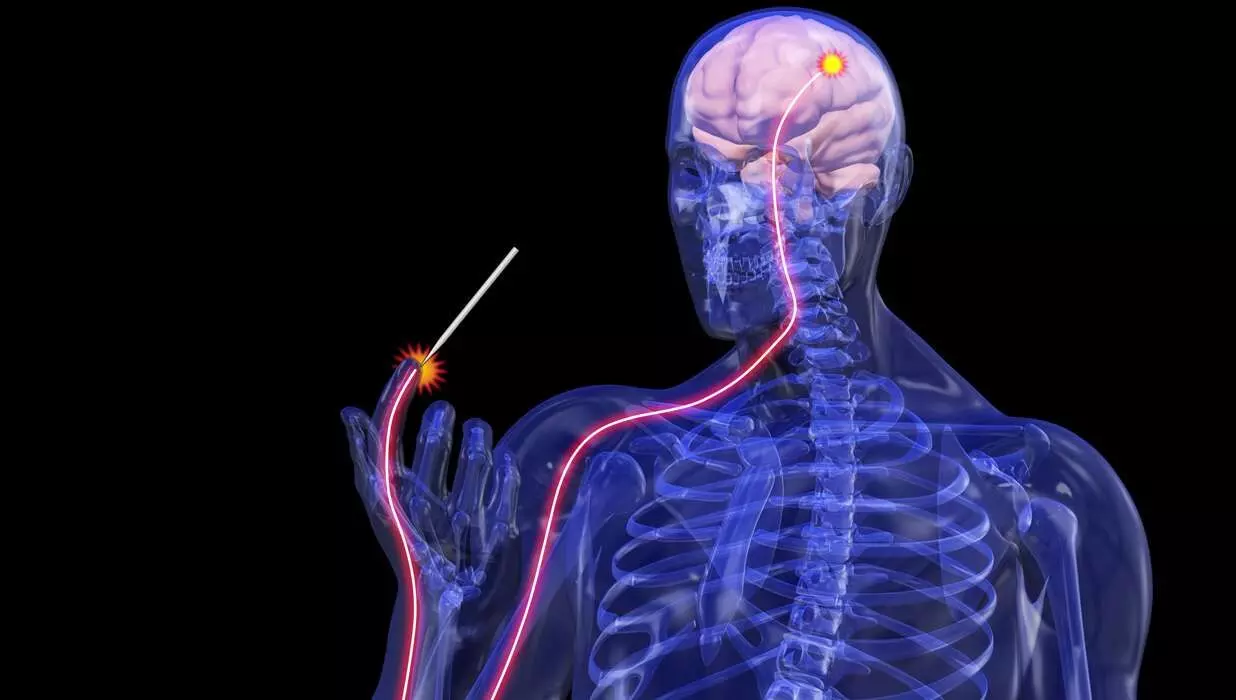- Home
- Medical news & Guidelines
- Anesthesiology
- Cardiology and CTVS
- Critical Care
- Dentistry
- Dermatology
- Diabetes and Endocrinology
- ENT
- Gastroenterology
- Medicine
- Nephrology
- Neurology
- Obstretics-Gynaecology
- Oncology
- Ophthalmology
- Orthopaedics
- Pediatrics-Neonatology
- Psychiatry
- Pulmonology
- Radiology
- Surgery
- Urology
- Laboratory Medicine
- Diet
- Nursing
- Paramedical
- Physiotherapy
- Health news
- Fact Check
- Bone Health Fact Check
- Brain Health Fact Check
- Cancer Related Fact Check
- Child Care Fact Check
- Dental and oral health fact check
- Diabetes and metabolic health fact check
- Diet and Nutrition Fact Check
- Eye and ENT Care Fact Check
- Fitness fact check
- Gut health fact check
- Heart health fact check
- Kidney health fact check
- Medical education fact check
- Men's health fact check
- Respiratory fact check
- Skin and hair care fact check
- Vaccine and Immunization fact check
- Women's health fact check
- AYUSH
- State News
- Andaman and Nicobar Islands
- Andhra Pradesh
- Arunachal Pradesh
- Assam
- Bihar
- Chandigarh
- Chattisgarh
- Dadra and Nagar Haveli
- Daman and Diu
- Delhi
- Goa
- Gujarat
- Haryana
- Himachal Pradesh
- Jammu & Kashmir
- Jharkhand
- Karnataka
- Kerala
- Ladakh
- Lakshadweep
- Madhya Pradesh
- Maharashtra
- Manipur
- Meghalaya
- Mizoram
- Nagaland
- Odisha
- Puducherry
- Punjab
- Rajasthan
- Sikkim
- Tamil Nadu
- Telangana
- Tripura
- Uttar Pradesh
- Uttrakhand
- West Bengal
- Medical Education
- Industry
Increased Reticulation without Honeycombing in HRCT linked to Disease Progression in ILD patients

Higher Reticulation on HRCT is associated with increased risk of disease progression within 24 months in Interstitial Lung Disease patients as per a recent study that was published in the journal, 'BMC Pulmonary Medicine.'
Idiopathic pulmonary fibrosis (IPF) is a progressive disease and sometimes other types of interstitial lung disease (ILD) may progress similarly to IPF. Researchers conducted a prospective study to evaluate risk factors for disease progression within 24 months in patients with various ILDs. 97 patients with a suspected ILD who underwent a transbronchial lung cryobiopsy participated in the study and the extent of several high-resolution computed tomography (HRCT) patterns was assessed. A low extent of honeycombing and definite usual interstitial pneumonia (UIP) pattern on HRCT suggesting an early stage of ILD was seen in the study population based on the inclusion criteria. Disease progression was defined based on the following criteria:
Relative decline of ≥ 10% in forced vital capacity (FVC)
A relative decline in FVC of ≥ 5%
One of the three criterions like a decline in diffusion capacity to carbon monoxide (DLCO) ≥ 15%, increased fibrosis on HRCT or progressive symptoms
Progressive symptoms and increased fibrosis on HRCT.
Results:
- Disease progression was revealed in 52% of the patients with ILD, 51% of the patients with IPF, and 53% of the patients with other types of ILD.
- A high extent of reticulation on HRCT and never smoking were associated with disease progression whereas platelet count did not quite reach statistical significance.
Thus, the researchers concluded from the study that Higher extent of reticulation on HRCT and never smoking appeared to associate with the risk of disease progression within 24 months in ILD patients without honeycombing. They also mentioned that nearly half of the patients with ILD revealed disease progression, and similar proportions were observed in patients with IPF and in other types of ILD.
For the full article, click here: https://doi.org/10.1186/s12890-022-02105-9
Mononen, M., Saari, E., Hasala, H. et al. Reticulation pattern without honeycombing on high-resolution CT is associated with the risk of disease progression in interstitial lung diseases. BMC Pulm Med 22, 313 (2022).
BDS, MDS
Dr.Niharika Harsha B (BDS,MDS) completed her BDS from Govt Dental College, Hyderabad and MDS from Dr.NTR University of health sciences(Now Kaloji Rao University). She has 4 years of private dental practice and worked for 2 years as Consultant Oral Radiologist at a Dental Imaging Centre in Hyderabad. She worked as Research Assistant and scientific writer in the development of Oral Anti cancer screening device with her seniors. She has a deep intriguing wish in writing highly engaging, captivating and informative medical content for a wider audience. She can be contacted at editorial@medicaldialogues.in.
Dr Kamal Kant Kohli-MBBS, DTCD- a chest specialist with more than 30 years of practice and a flair for writing clinical articles, Dr Kamal Kant Kohli joined Medical Dialogues as a Chief Editor of Medical News. Besides writing articles, as an editor, he proofreads and verifies all the medical content published on Medical Dialogues including those coming from journals, studies,medical conferences,guidelines etc. Email: drkohli@medicaldialogues.in. Contact no. 011-43720751




